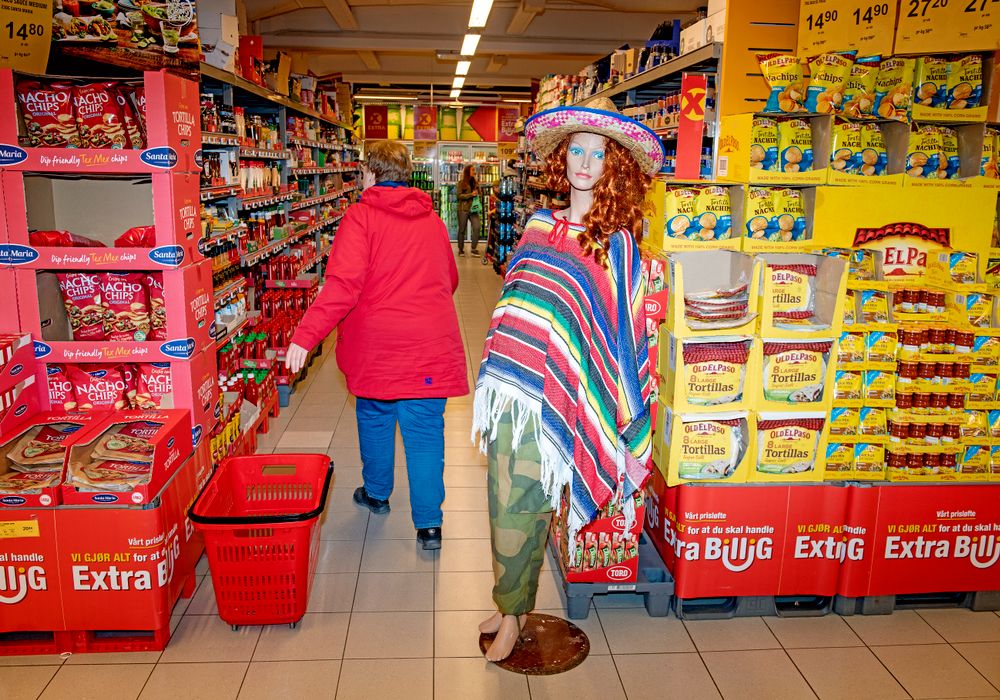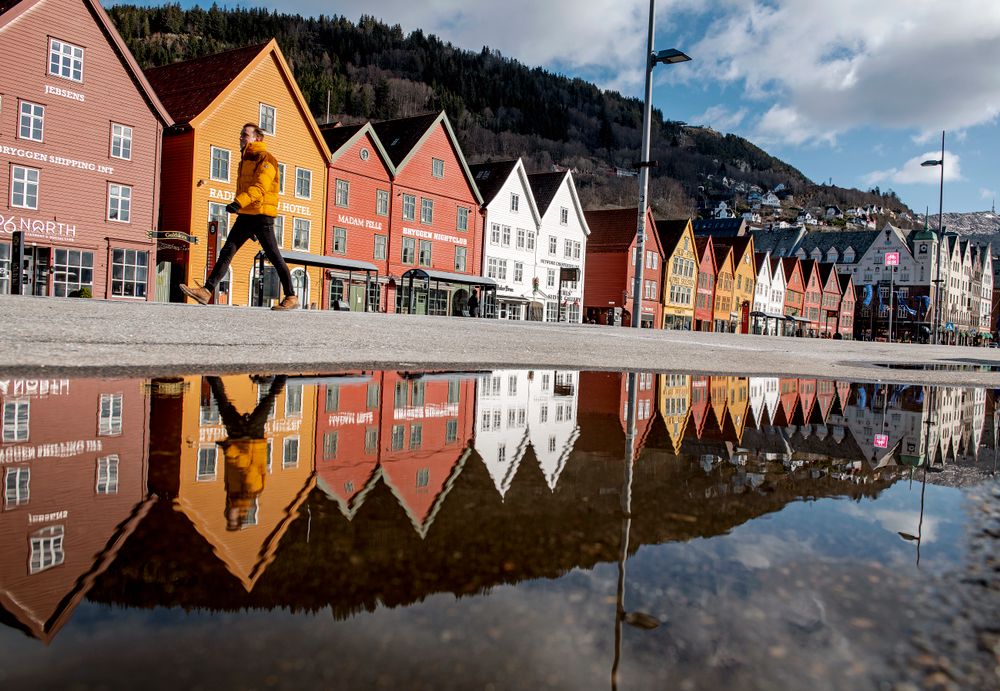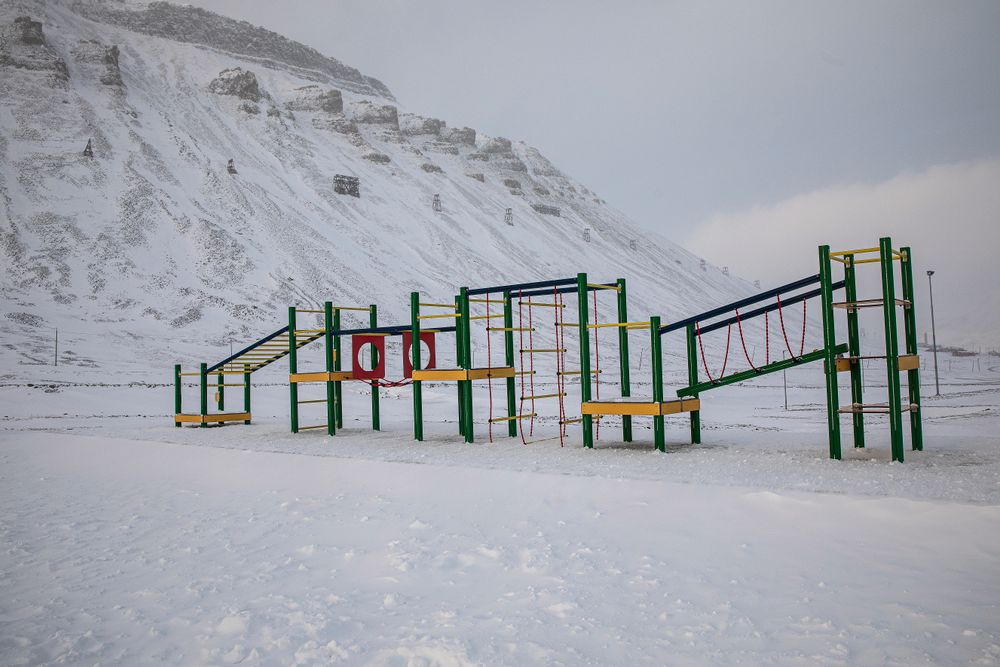Life In Norway Under Quarantine
Europe has been hit by the coronavirus particularly hard. Norway imposed especially harsh restrictions when the number of infections had started to grow rapidly beyond Italy. So, what does the life in Norway on lockdown look like? When the restrictions will be lifted and what will follow? This is the article that will give you some idea about it.
Life In Norway On Lockdown
Compared to the time of just a month ago, life in Norway has nearly stopped. All schools, universities, and kindergartens have been closed. Most public events have been banned. The majority of bars and restaurants are shut down too – only rare restaurants and bars that can keep the customers at least one meter apart from each other remain open.
Such measures taken by the government of Norway are the most extraordinary measures in the country that have ever been taken in peacetime. Only the government’s measures taken during World War II could match the severity of this lockdown.

The Norwegian government ordered the first measures against the coronavirus on March 15. As the country witnessed a greater number of a rapidly growing number of coronavirus cases, the government extended the quarantine on March 24 for up to April 13 and, later, April 27. All those who travelled outside of the country after February 27 have been ordered to stay at home in self-isolation for 14 days.
Such extraordinary measures forced people the way they buy goods, pay bills, and even exercise. Instead of going to a bank, most Norwegians tend to make payments online – even those who had so far avoided doing so before the quarantine. Instead of jogging outside or going for a walk, people – forced to be locked in their apartments or homes – switch to yoga and power exercises, which can easily be done at home.
Customers in McDonald’s fast-food restaurants find a written warning on the tables, urging the customers to stay at least 1 meter apart from each other. Aker Hospital in Oslo, the Norwegian capital, became a place where people can test for the coronavirus – a special tent has been set up for such a purpose. Malls, restaurants, parks, and sports grounds, which are usually bustling and full of people, stay empty. The country looks like one giant ghost town.

Considering Norway’s dependency on tourism and the astonishing number of visitors it receives annually, it is even more surprising to see such tourist hotspots like Karl Johans Gate and Aker Brygge in Oslo or Bryggen in Bergen (see the image) almost entirely empty. Economically speaking, it will take years for the country’s tourism industry to recover from such a shock – even if the virus will be tackled soon.
The reason why there are so few people outside lies partly is in the Scandinavian mentality – Scandinavians tend to trust their government and listen to their advice (not to speak of the regulations). But another reason for that is the severe punishment people face in case they violate the rules of self-isolation or quarantine: a person can be fined for up to $2,000 (20,000 NOK) or jailed for 15 days.
So, What Now?

With the help of such extraordinary measures, the country rather succeeds in battling the virus that has caused so much mayhem. Indeed, Norway has reported as many infections as Romania or Poland (which have far more people). But that may be connected with a variety of factors, such as the fact that Norwegians tend to travel more often (it’s more affordable for the Norwegians), undertesting in Romania and Poland, and a lower share of the older population in those countries (Norwegians tend to be among the nations with the longest life expectancy).
Given the fact that the country’s peak of infection growth has passed, the government is eyeing to ease the restrictions. At the time of writing this article, the country registered around 100 new coronavirus cases daily, while the peak number stood at 425 a few weeks ago. On April 27, the government will allow schools, universities, and colleges open their doors. Gradually, the government will allow to re-open the services that require personal contact – such as hairdressers.
Despite such good news, the government warns that the restrictions should be lifted gradually. Large sporting and cultural events will be banned until at least June 15. Supposedly, the country will be restricted from travel at least until that time.
A Note For Travellers: Why Travelling On Your Own Isn’t Always A Good Idea
In the last decade, the number of travelers who prefer to stay away from travel organizers has grown. Technological developments and the abundance of services like AirBnB, Booking.com, and alike also contributed to that. And sure, such a way of travel is good for certain categories of tourists.
But in times of crises like the current coronavirus epidemic, you can actually see the value of travel companies clearly. Companies like ours can negotiate the prices and conditions on behalf of our clients, so they will benefit and get more than if they prepared a tour to Scandinavia alone.
In the face of this coronavirus epidemic, we managed to fully refund deposits to all our clients save two, for their planned trips to Scandinavia. And the other two travelers have been refunded partially because they already came to the country and we couldn’t refund them the flight tickets. Thanks to our stronger negotiation position with our partners (such as airlines, bus companies, and other travel operators), we succeeded to make sure that our customers lost no money because of this epidemic and the failed trips.
Of course, it is not worth even mentioning that independent travelers have been reimbursed very little – if anything. And this is a manifestation of why some tourists may feel safer planning their next trip to Scandinavia with the help of a reliable travel operator.
Share this post:

